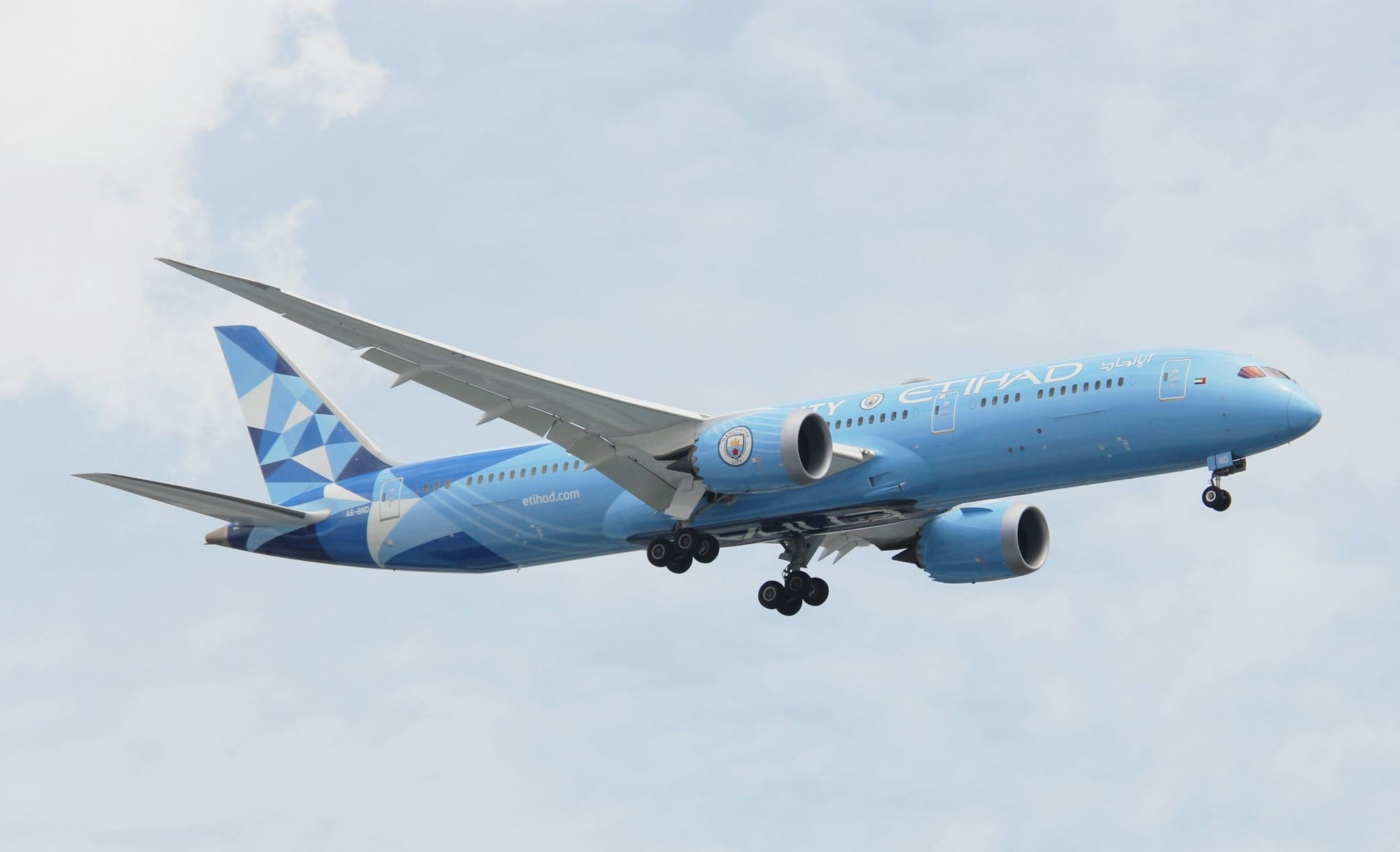Inauguration of Latin America's First Binational Airport: A Milestone for Regional Connectivity
On a day marked by celebration and international cooperation, the Rivera International Airport ‘President General Oscar D. Gestido’ opened its doors as the first binational airport in Latin America.


Inauguration of Latin America's First Binational Airport: A Milestone for Regional Connectivity
Key Takeaways:
- The Rivera International Airport ‘President General Oscar D. Gestido’ is the first binational airport in Latin America.
- This unique airport operates across the borders of Brazil and Uruguay, enhancing connectivity and economic cooperation.
- The inauguration marks a significant achievement in aviation history and sets a precedent for future binational collaborations.
A Historic Inauguration
On a day marked by celebration and international cooperation, the Rivera International Airport ‘President General Oscar D. Gestido’ opened its doors as the first binational airport in Latin America. This groundbreaking event not only signifies a new chapter in aviation but also heralds a new era of cross-border collaboration between Brazil and Uruguay. The airport's unique operational framework allows airlines from both countries to seamlessly conduct flights, fostering a more integrated and efficient travel experience for passengers.
Binational Operations: A New Frontier
The concept of a binational airport is not entirely new, with a few examples around the world, but it is a first for Latin America. The Rivera International Airport operates under a shared jurisdiction, which means that both Brazilian and Uruguayan customs and immigration laws apply. This innovative approach is expected to streamline travel between the two countries, reduce operational costs for airlines, and potentially lead to an increase in tourism and business travel in the region.
Advertising
Strategic Location and Design
Strategically situated on the border between the Brazilian city of Santana do Livramento and the Uruguayan city of Rivera, the airport's location is pivotal to its binational nature. The design of the airport facilitates a smooth flow of passengers from both countries, with dedicated terminals and runways that comply with international standards. The airport's infrastructure has been carefully planned to accommodate the expected increase in passenger traffic and to support the growth of the local economies.
Economic Impact and Opportunities
The Rivera International Airport is more than just a transportation hub; it's a catalyst for economic growth. By simplifying travel between Brazil and Uruguay, the airport is set to boost trade, tourism, and investment in the region. Local businesses are poised to benefit from the increased exposure and accessibility, and the airport is expected to create numerous job opportunities, contributing to the economic prosperity of both nations.
Technological Advancements and Facilities
Incorporating the latest in aviation technology, the Rivera International Airport boasts state-of-the-art facilities and equipment. From advanced navigation systems to eco-friendly design features, the airport is a testament to modern engineering and a commitment to sustainability. The integration of technology not only enhances the safety and efficiency of operations but also provides a more pleasant and convenient experience for travelers.

Regulatory Framework and Governance
The successful operation of a binational airport requires a robust regulatory framework. Brazil and Uruguay have worked closely to establish a set of bilateral agreements that govern the airport's operations, ensuring compliance with both countries' laws and international aviation standards. This collaborative effort has set a legal precedent for future binational projects and is a shining example of diplomatic partnership.
Airline Participation and Routes
A diverse array of airlines from both Brazil and Uruguay have expressed interest in operating out of the Rivera International Airport. The airport's inauguration has seen the announcement of several new routes that will connect the region with other parts of Latin America and beyond. This expansion of services is expected to provide passengers with more options and flexibility when planning their travel.
Challenges and Solutions
While the concept of a binational airport offers numerous benefits, it also presents unique challenges. Coordinating operations across two different legal and administrative systems requires careful planning and ongoing communication. The authorities of both countries have established joint committees to address any issues that may arise and to ensure the smooth functioning of the airport.
The Future of Binational Airports
The Rivera International Airport serves as a pioneering model for future binational airport projects. Its success could inspire other countries with shared borders to consider similar ventures, potentially reshaping the landscape of international air travel. The lessons learned from this project will be invaluable in guiding the development of such initiatives.
Advertising
A Symbol of Unity and Progress
Beyond its practical implications, the Rivera International Airport stands as a symbol of unity between Brazil and Uruguay. It represents a shared vision for progress and a commitment to overcoming barriers through cooperation. The airport's inauguration is not just a milestone for the aviation industry but also a beacon of hope for a more connected and collaborative Latin America.
Summary
The inauguration of the Rivera International Airport ‘President General Oscar D. Gestido’ marks a historic moment for Latin America, introducing the region's first binational airport. This innovative venture between Brazil and Uruguay exemplifies the potential for cross-border cooperation, promising to enhance regional connectivity, stimulate economic growth, and pave the way for future collaborative projects. As airlines begin to operate and new routes are established, the Rivera International Airport is set to become a cornerstone of Latin American aviation and a testament to the enduring partnership between the two nations.



